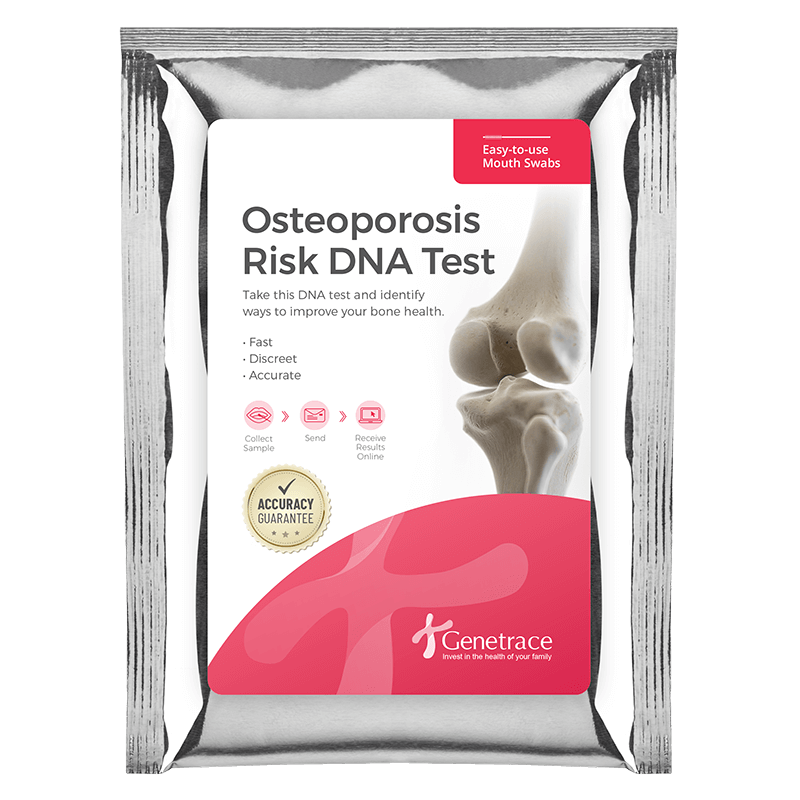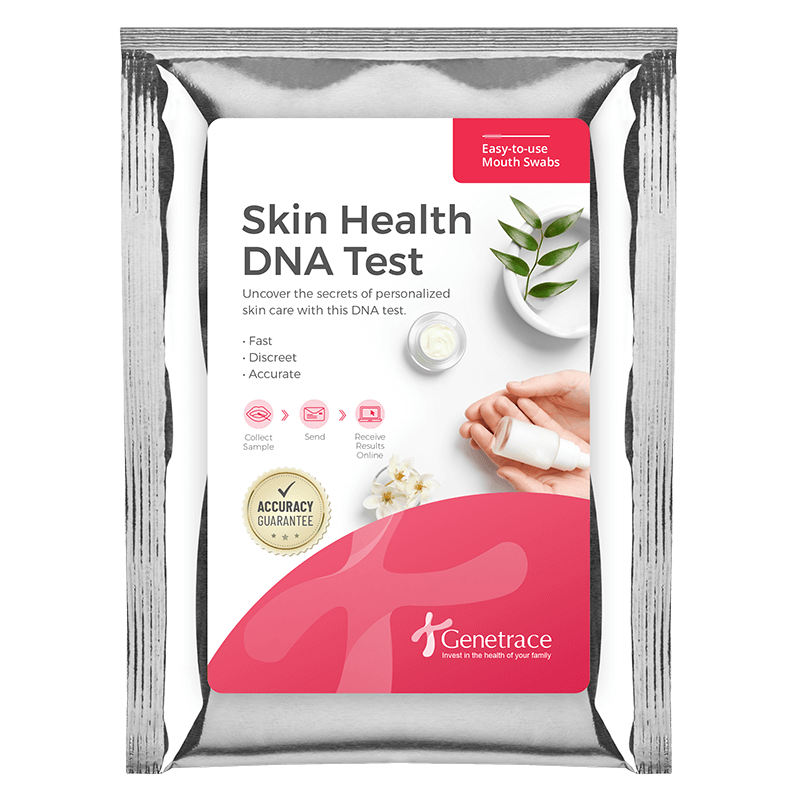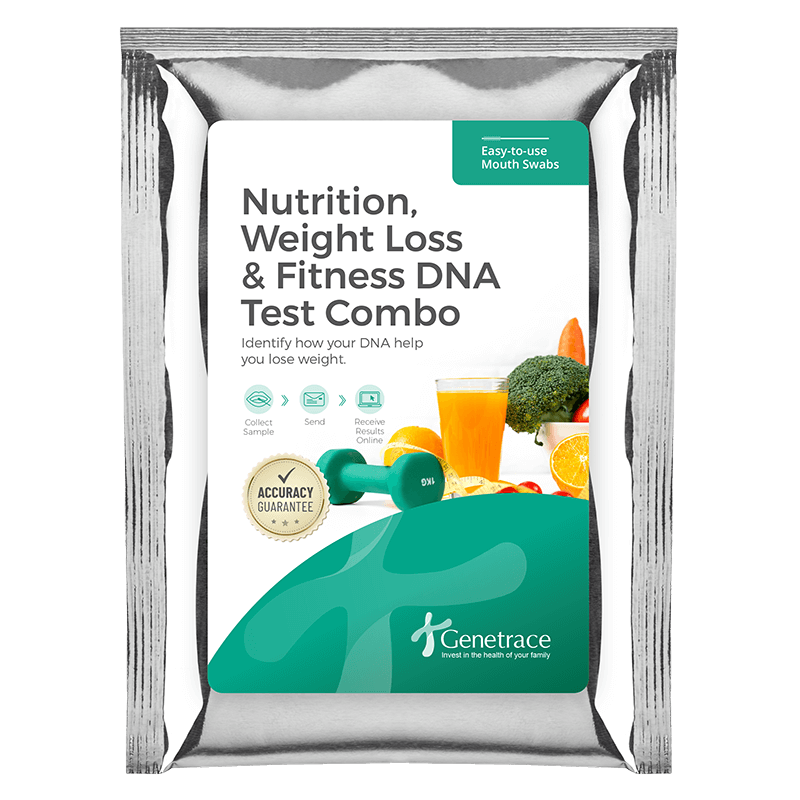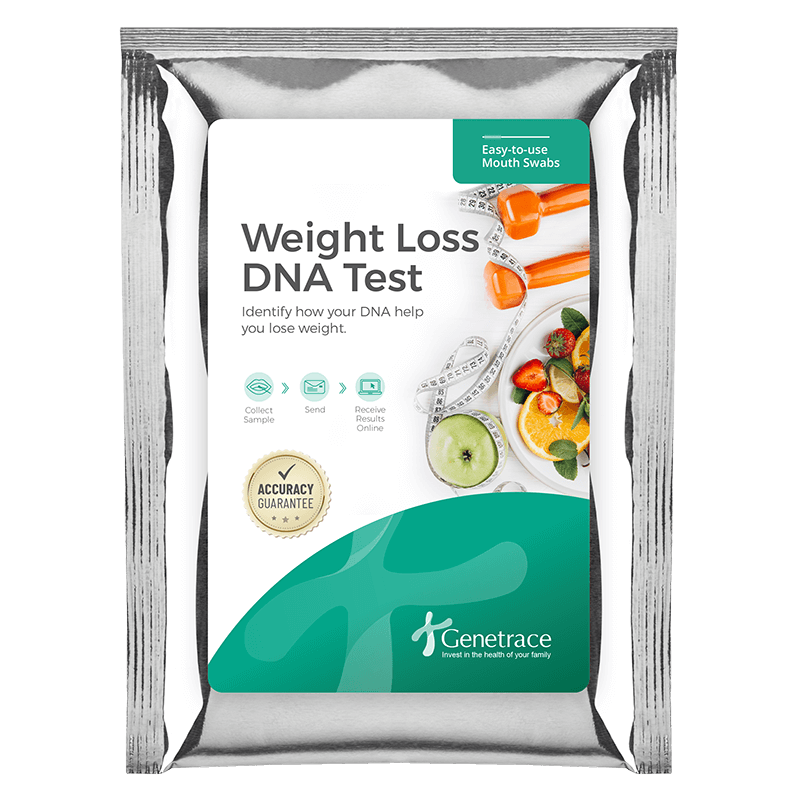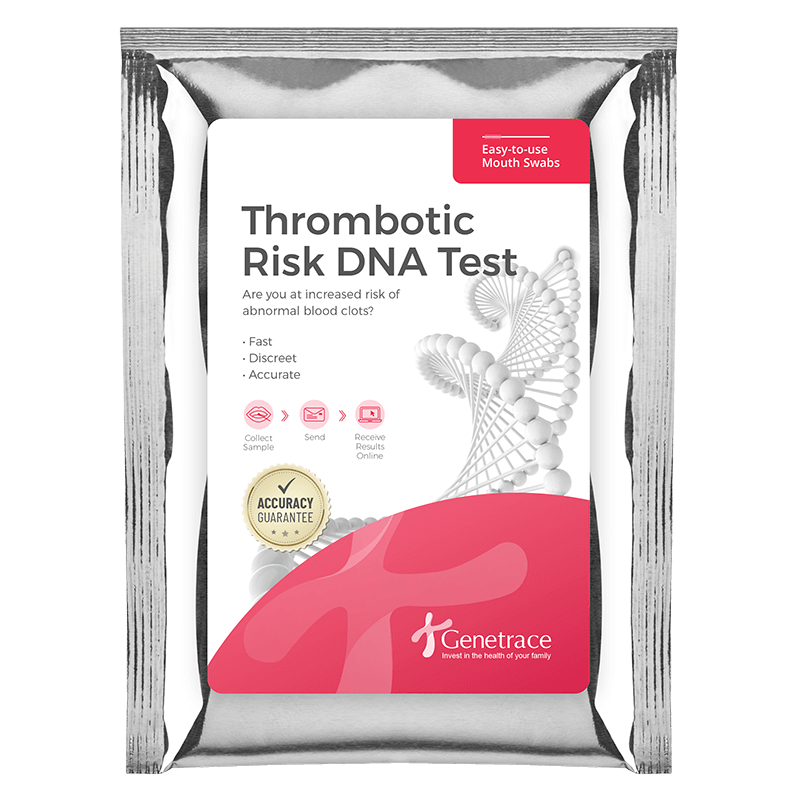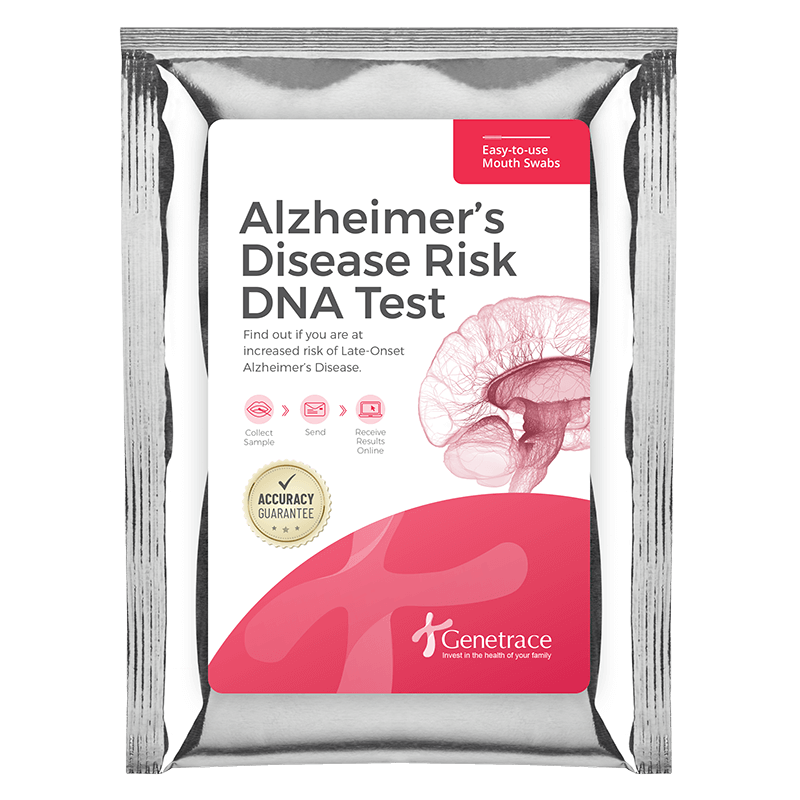Kit includes all lab fees and free return shipping to the lab.
Receive secure, confidential results through your online dashboard.
All tests performed in our AABB, ISO 17025 & CLIA accredited laboratory.
Osteoporosis is a condition that leads to weak and brittle bones increasing the risk of bone fractures. Osteoarthritis is a joint disease where the protective cartilage within joints is broken down leading to swelling, pain, and reduced motion. Both diseases become more apparent with age.
Many factors can contribute to osteoporosis and osteoarthritis including genetics. This DNA test detects genetic variants linked to bone health. When identified earlier preventative measure can be adopted to maintain the health of your bones and joints.
Genetic variants can increase your risk of osteoporosis and osteoarthritis. The following variants are detected in this test:
• CYP2R1 – Increases the risk of vitamin D deficiency, leading to reduced absorption of calcium. Adequate calcium is essential for healthy bones.
• GC – Increases the risk of vitamin D deficiency and reduced absorption of calcium.
• WNT16 – Increases the risk of reduced bone formation.
• GDF5 – Affects the normal regulation of the maintenance, development and repair of bones, joints and cartilage.
• COL1A1 – Affects the formation of collagen (an essential strength and structural component of bones).
Bone health is important as they protect our internal organs and store essential minerals. While bone remodelling continues throughout our lifetime, humans reach their peak bone mass at approximately the age of 30. After the age of 30, old bones are broken down faster than new bone is produced, increasing the risk of developing brittle bones. This is why preventative measures should be taken early on. With this DNA test you can identify your risk early on before the bone mass starts decreasing and start incorporating preventative measures to reduce your risk.
Summary
Osteoporosis is a condition that leads to weak and brittle bones increasing the risk of bone fractures. Osteoarthritis is a joint disease where the protective cartilage within joints is broken down leading to swelling, pain, and reduced motion. Both diseases become more apparent with age.
Many factors can contribute to osteoporosis and osteoarthritis including genetics. This DNA test detects genetic variants linked to bone health. When identified earlier preventative measure can be adopted to maintain the health of your bones and joints.
What's Measured?
Genetic variants can increase your risk of osteoporosis and osteoarthritis. The following variants are detected in this test:
• CYP2R1 – Increases the risk of vitamin D deficiency, leading to reduced absorption of calcium. Adequate calcium is essential for healthy bones.
• GC – Increases the risk of vitamin D deficiency and reduced absorption of calcium.
• WNT16 – Increases the risk of reduced bone formation.
• GDF5 – Affects the normal regulation of the maintenance, development and repair of bones, joints and cartilage.
• COL1A1 – Affects the formation of collagen (an essential strength and structural component of bones).
Technical Information
Bone health is important as they protect our internal organs and store essential minerals. While bone remodelling continues throughout our lifetime, humans reach their peak bone mass at approximately the age of 30. After the age of 30, old bones are broken down faster than new bone is produced, increasing the risk of developing brittle bones. This is why preventative measures should be taken early on. With this DNA test you can identify your risk early on before the bone mass starts decreasing and start incorporating preventative measures to reduce your risk.
Explore your DNA Story
Embark on a journey of self-discovery with our at-home DNA tests, powered by cutting-edge science made accessible for all.
Simple Sample Collection
Secure Online Results
Accredited Laboratory
Discreet & Confidential
How it works
Purchase your kit
Collect DNA Sample
Mail samples to the lab
Receive your results
FAQ's
Here are the answers to the most frequently asked questions about this test.

